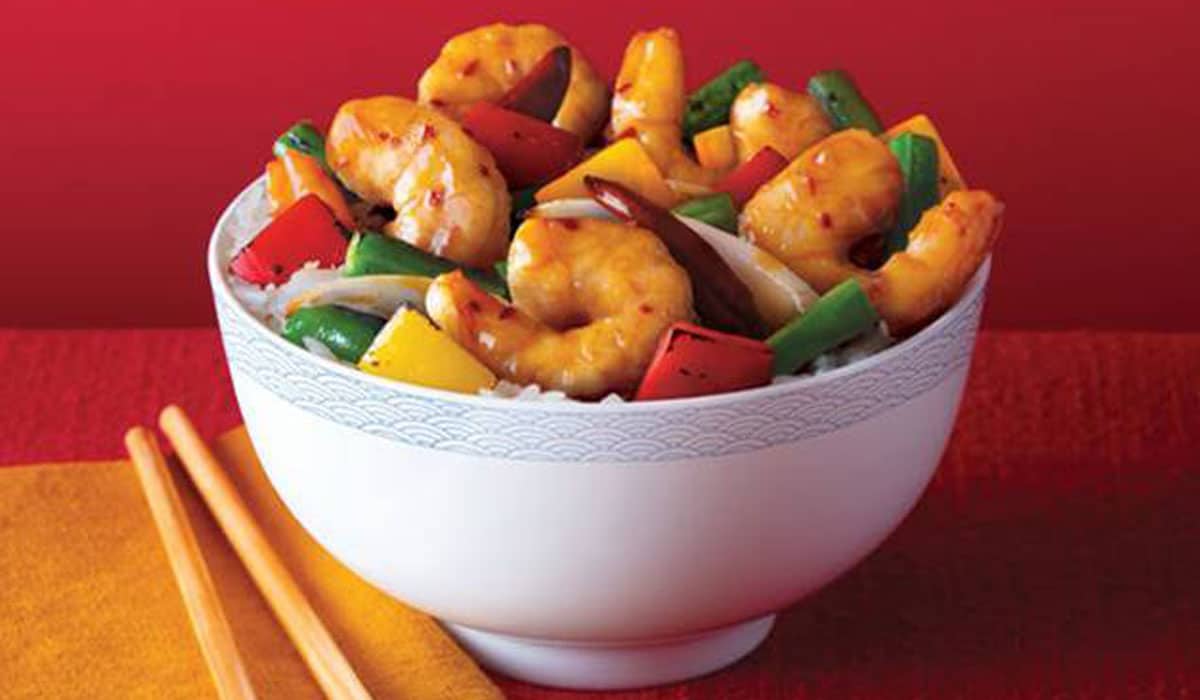Three months ago, the COVID pandemic tested the agility of restaurants and forced the industry to ramp up its off-premises business.
As more brands delved into third-party delivery, operators voiced their displeasure over fees that sometimes reach 30 to 40 percent. In response, locations like Seattle, New York City, Chicago, San Francisco, and Washington, D.C., issued emergency caps to aid restaurants with thinner margins amid the pandemic.
Then conversations surrounding a merger between Uber Eats and Grubhub gained traction in May. Grubhub decided instead to join European-based Just Eat Takeaway for $7.3 billion.
Pieces are continually moving, and in response, a growing number of restaurants are deciding to cut out the middle man and allow customers to order directly from their website and app, while retaining a third-party to fulfill the order.
American Chinese chain Panda Express, which has around 2,200 U.S. locations, had future plans to move in this direction, but increased demand during the crisis pushed the brand to accelerate its strategy.
The news comes as Panda Express appears primed for growth. The company’s sales rose 7.8 percent in 2019, increasing from $3.5 billion in 2018 to $3.8 billion in 2019, according to FoodserviceResults; unit size grew by 4.6 percent. Looking further ahead, the brand wants to hire 30,000 employees in response to increased health and safety standards and growth in off-premises business. The restaurant has also begun bringing back its full menu at locations across the nation.
Nidhin Mattappally, executive director of digital and restaurant experience at Panda Restaurant Group—parent of Panda Express—dives deeper into how the brand looks to carry out its own form of direct delivery.
Could you describe how the pandemic reshaped the timing of your plans to roll out direct delivery?
With city lockdowns, guests were looking for convenience and value, and we believe this need and behavior will continue to stick around. We also saw the percentage of our third-party delivery business double, but our own digital business grew even faster at over five times. Seeing that our guests preferred to engage with Panda directly on our digital channels, we accelerated the launch of ‘Panda Delivers’ service on our app and website by half a year. We also redesigned our ordering website and mobile apps to closely mirror our in-store experience to make it simpler for our guests and ensure they have a frictionless digital experience. So far, the reception has been great—our digital business continues to be very strong and direct delivery is already becoming a sizeable business.
Is the delivery service being implemented systemwide or at certain restaurants?
Currently, ‘Panda Delivers’ is available at over 1,700 stores nationwide. My team and I are proud to share that by end of July, this delivery option will be available for our guests at close to 2,000 locations.
How do you plan to market the new service to consumers?
To celebrate Panda’s new delivery service, we are offering a free delivery promotion through July 1 on orders over $10. In the past few months, we’ve been creating special promotions to offer quality meals at a great value, and we’ll continue to find ways to surprise and delight our guests online, including driving ‘Panda Delivers’ orders on our website and mobile app. We’ve announced this benefit to our guests on our CRM database and are using social media as our primary channel to drive further awareness—we’ve seen great engagement from our guests thus far.
It’s been widely reported that tension has risen between third-party delivery providers and restaurant operators during the pandemic because of high fees. Explain in what ways a direct delivery service can benefit not only business, but the relationship with the consumer?
Keeping guests on our Panda-owned platforms allows for a direct relationship and communication channel between Panda and our guests. For ‘Panda Delivers,’ the total check is lower for our guests than when ordering from other delivery services, but our current vendors like Uber Eats, DoorDash, Postmates, and Grubhub continue to be valued partners for Panda to reach new and current guests. Consumers like to have options and at Panda, we want to continuously serve their needs, whether it’s the ability to choose from a variety of dishes or picking the delivery service they prefer.
What are some challenges that will come with transitioning from third-party to direct delivery, and what’s the strategy behind resolving those obstacles?
We are definitely new to this space and we want to ensure we deliver a great guest experience through this critical channel. As such, we are keeping a close eye on all of our guest feedback as well as our key performance indicators to ensure we provide a consistent, frictionless experience and identify ways to get better.
Many operators are discussing what the future of industry will look like. Do you anticipate direct delivery becoming a larger part of the quick-service segment in the future?
Research has shown that consumers prefer to interact directly with the restaurants themselves rather than through a third party and so, I believe more brands will look to provide delivery through their own channels to serve this need as well as retain the relationship with their consumers.







